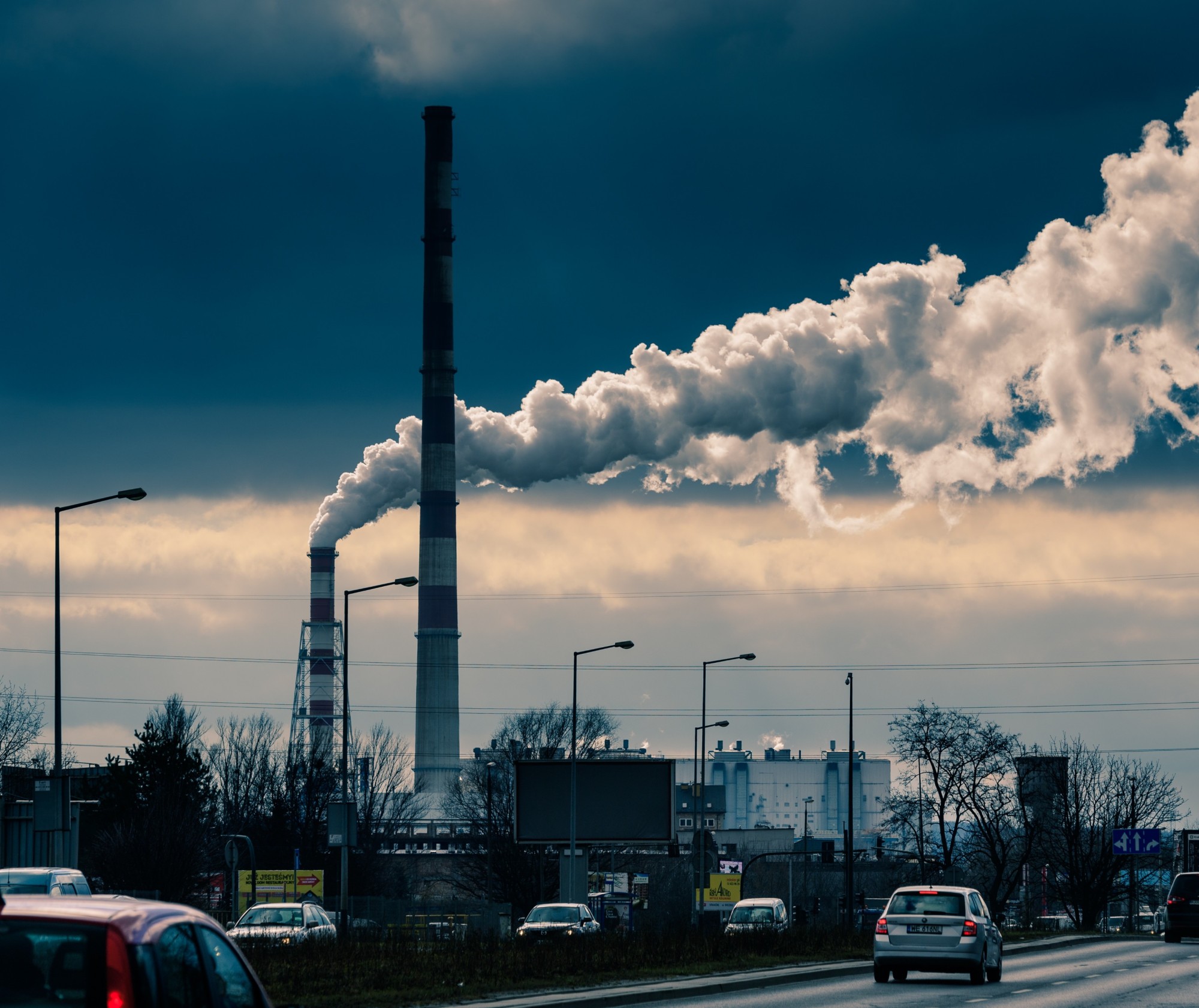What is Air Pollution?
Air pollution is contamination of the indoor or outdoor air from a mixture of gases and particles that have been emitted into the atmosphere. Air pollution can cause both long-term and short-term health effects and harm the natural environment. Concern about the pollution that people breathe and how we can take action to improve outcomes is increasing.

